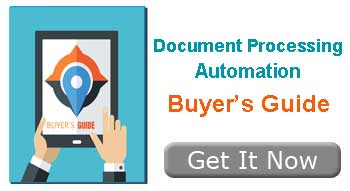“Digital transformation” is everywhere when it comes to talk about business trends and imperatives. Yet what this phrase actually means depends upon the nature of your business and the level of maturity of your business processes. And even when digital transformation is translated into real meaning, it is often hard to get a grasp on where to start and understand best practices.
What It Means to the Business
If you are a business-to-business supplier, then digital transformation can mean moving from paper-based manual order and fulfillment processes to one that is completely electronic and automated through digital contracts, e-catalogs and electronic payments. If you are a consumer electronics manufacturer, it can mean a friction-less product and warranty support experience for customers that uses mobile technologies. At its core, the underlying theme often involves the following:
- Automating the most time-consuming and costly processes, whether internal or involving external stakeholders.
- Moving from paper-based workflows to ones that either completely remove documents altogether or, at a bare minimum, organize and describe them in a way where they can be used or processed quickly.
- Opening more of these processes to your customers and trading partners to allow real-time information sharing and tracking.
Best Practices for Digital Transformation
While digital transformation is often set against a strategic planning backdrop, there are a lot of practical and more tactical ways to address technology adoption. One report I just read offers a good construct of digital transformation from a pragmatic, best-practices perspective for services providers. Senior managers from service providers of all types should take a look and see how their organization would be assessed when it comes to implementing meaningful digital transformation.
If you found this article interesting, you may find this buyer’s guide useful:


